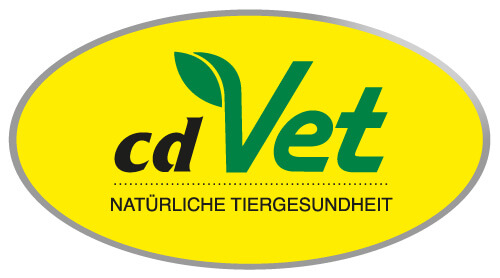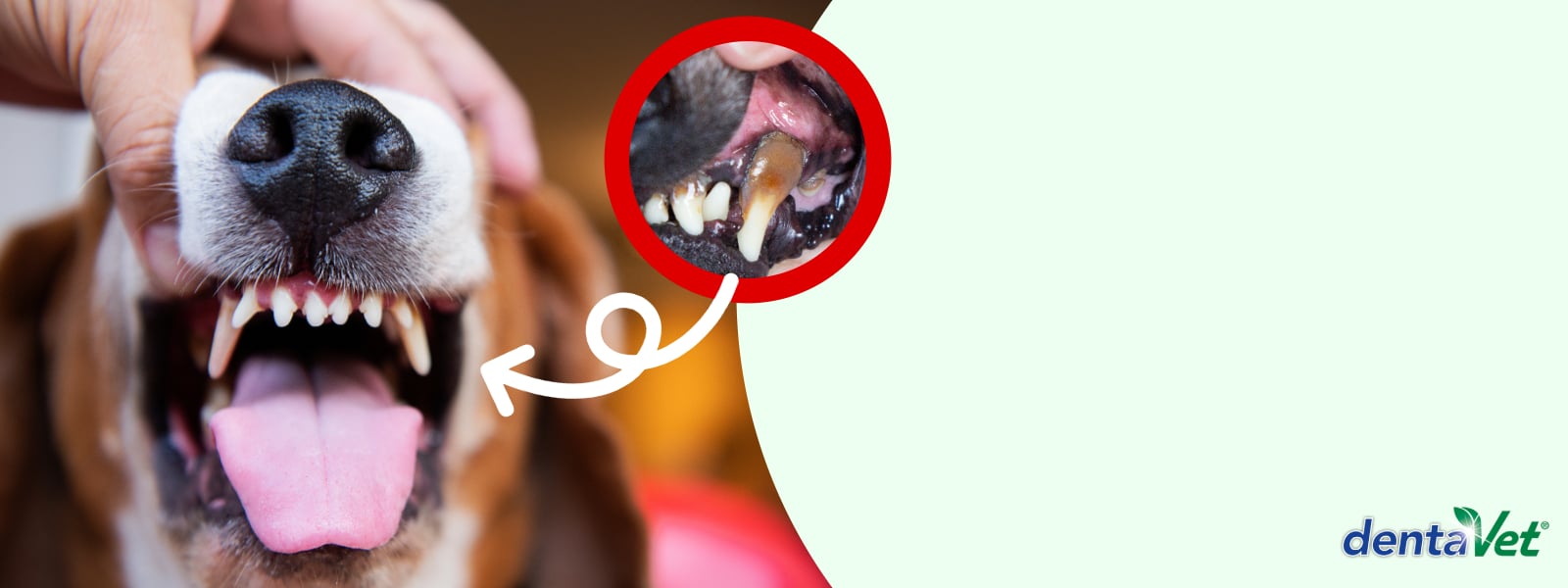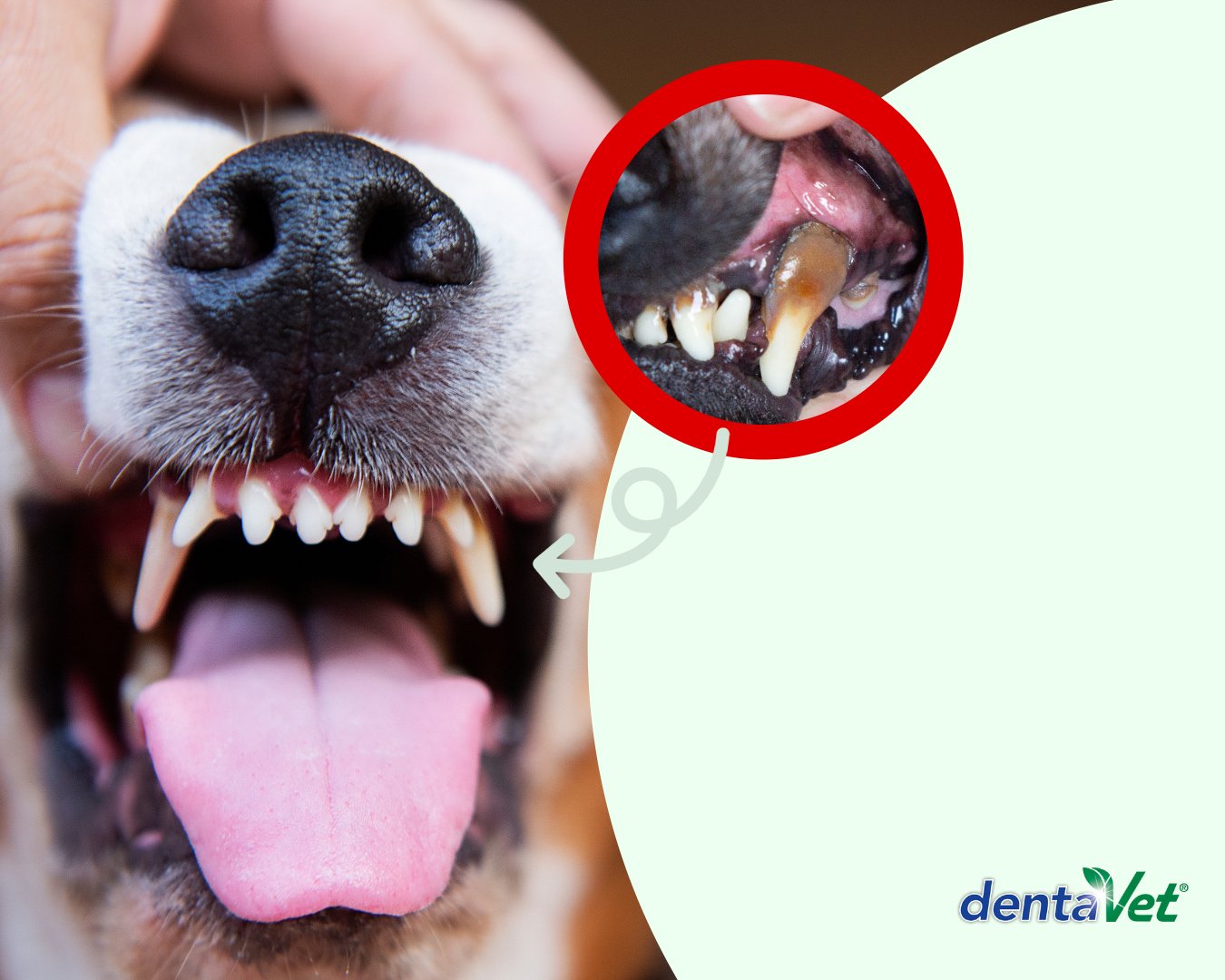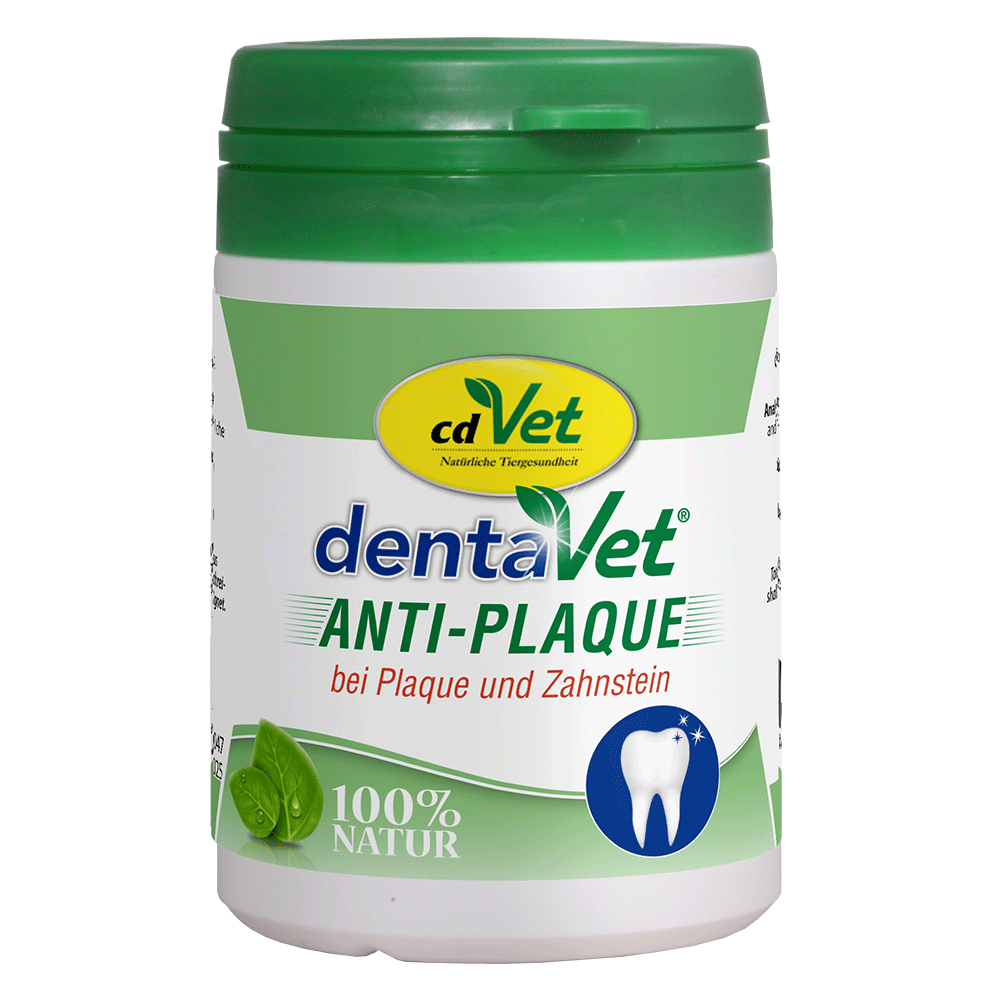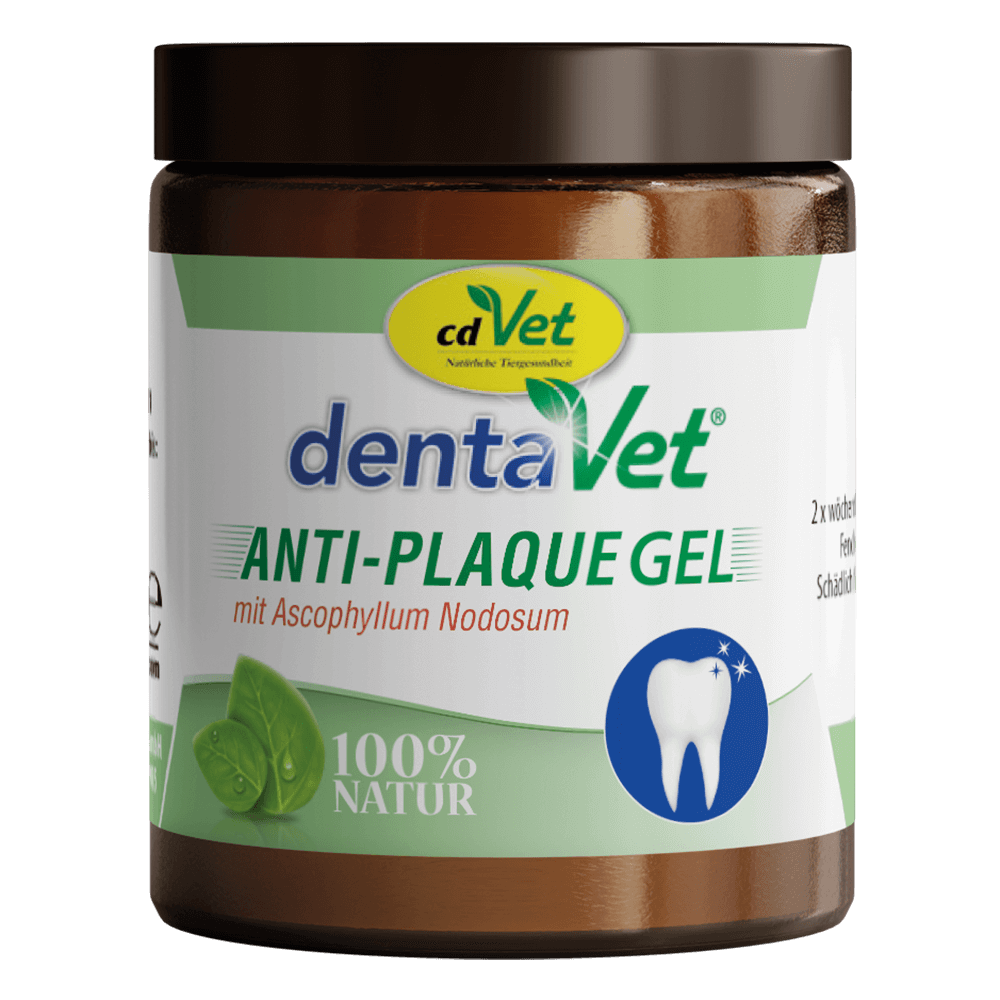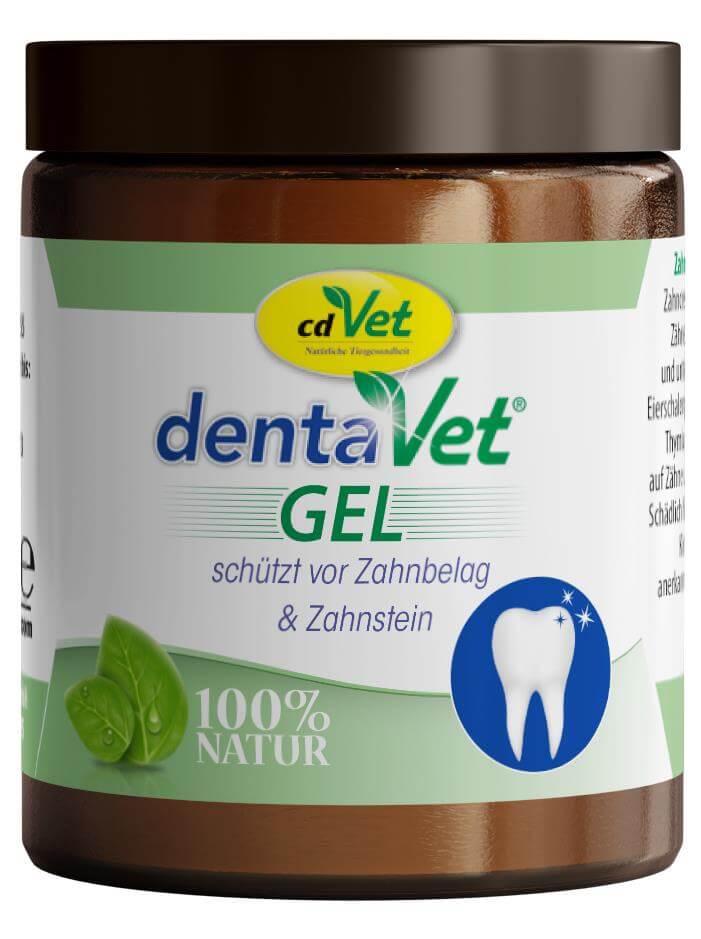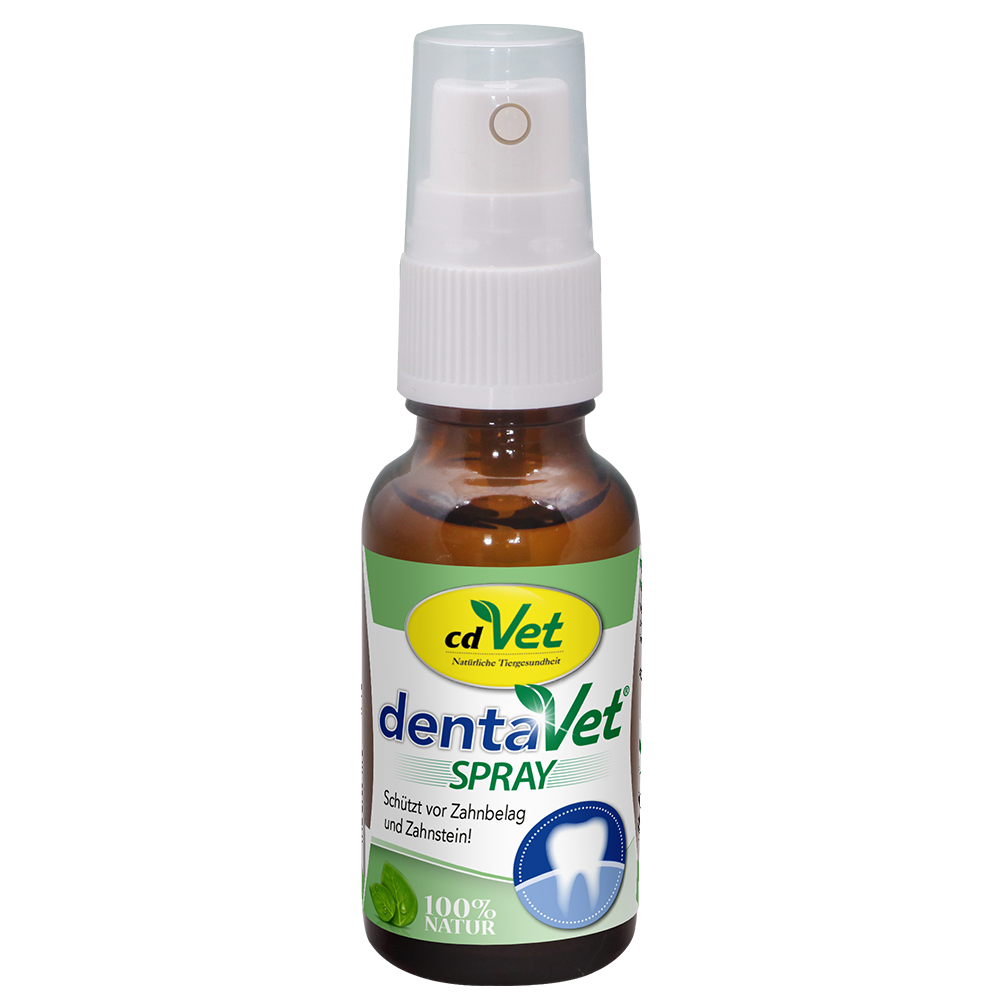Natural Care for Teeth and Gums
A bright white set of teeth, pink gums, and breath without unpleasant odors are, unfortunately, increasingly rare in our pets these days. Especially as our dog or cat gets older, discoloration of teeth and gums often occurs. During every cuddling session, you might find yourself trying not to breathe too deeply to avoid the strong mouth odor of your beloved pet.
Also, in the case of daily grooming of cats, their foul-smelling saliva can sometimes make those who are more sensitive to smells prefer to keep their distance. Here, you can learn what is important for the natural care of teeth and gums.
Understanding the Causes of Bad Breath in Pets
The Role of Bacteria and Fungi
The primary cause of bad breath is usually bacteria and fungi in the animal's mouth. These microorganisms are responsible for plaque formation.
What is Plaque?
Plaque, or dental tartar, is a buildup that contains several layers, including food residues, proteins, carbohydrates, phosphates, and microorganisms. It accumulates on teeth, particularly in areas not reached by natural or artificial cleaning methods.
Consequences of Plaque Buildup
Plaque can lead to dental issues such as caries, periodontitis, and gingivitis. Microorganisms in plaque form a biofilm, producing acids that damage tooth enamel and dentin, leading to caries. Some microorganisms trigger an immune response, causing gum inflammation.
Bad Breath and its Intensification
Some plaque microorganisms produce sulfur compounds, which result in bad breath. This odor intensifies as these microorganisms multiply.
The Formation of Tartar
Over time, plaque absorbs minerals and becomes hard, forming tartar. Tartar provides an additional surface for bacterial colonization, exacerbating dental problems.
Natural ingredients in dentaVet products
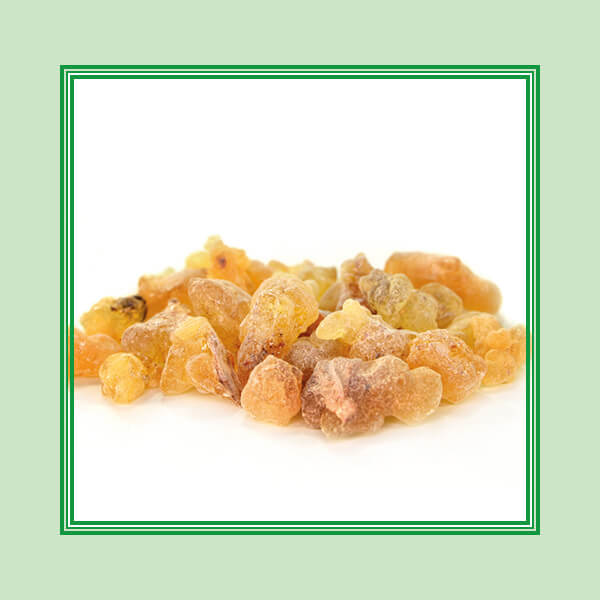
Frankincense
Frankincense has been used for various purposes since ancient times. The first documentation of the use of frankincense for dental care dates back to the thirteenth century. Since then, frankincense has been particularly used for strengthening the gums.
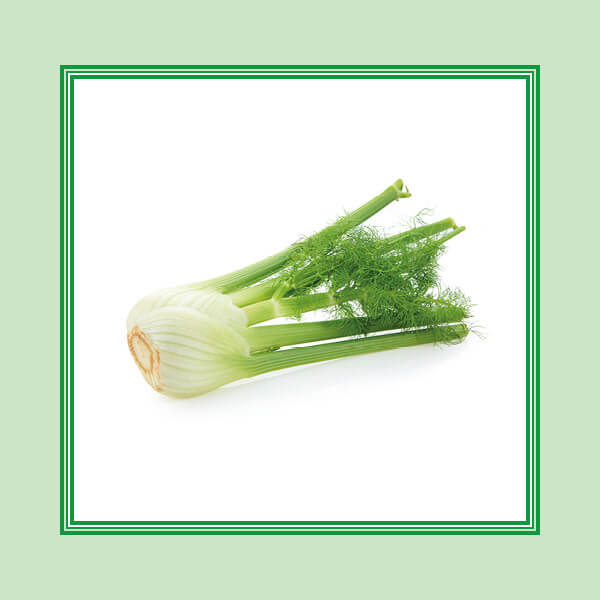
Fennel
In addition to many well-known features, fennel is also recognized for its high content of the essential oils anethole and fenchol. Anethole is traditionally used in human oral care products.
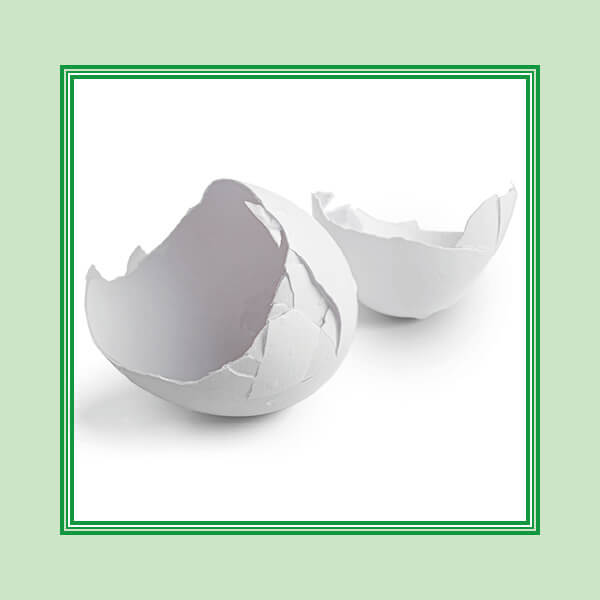
Eggshells
The rougher surface of eggshells provides a gentle abrasion that helps remove dental plaque and discoloration.
How Diet Affects Breath
Diet and Bad Breath
The diet can be a key factor in the development of bad breath. Many commercial pet foods contain synthetic additives, preservatives, attractants, and sugars. Over time, these ingredients can negatively impact the natural oral flora of pets.
Consequences of Dental Issues
When serious dental problems arise, a veterinarian's intervention is often essential. Dental treatments often require anesthesia, which can cause significant stress to the animal's overall health.
Preventive Measures
Regular and sufficient dental hygiene is as crucial in pet care as a species-appropriate diet. To support this, cdVet offers dentaVet Breath Fresh, dentaVet Oil, and dentaVet Gel. These products provide an easy and stress-free way to maintain daily dental care, complementing a healthy diet for optimal oral health.
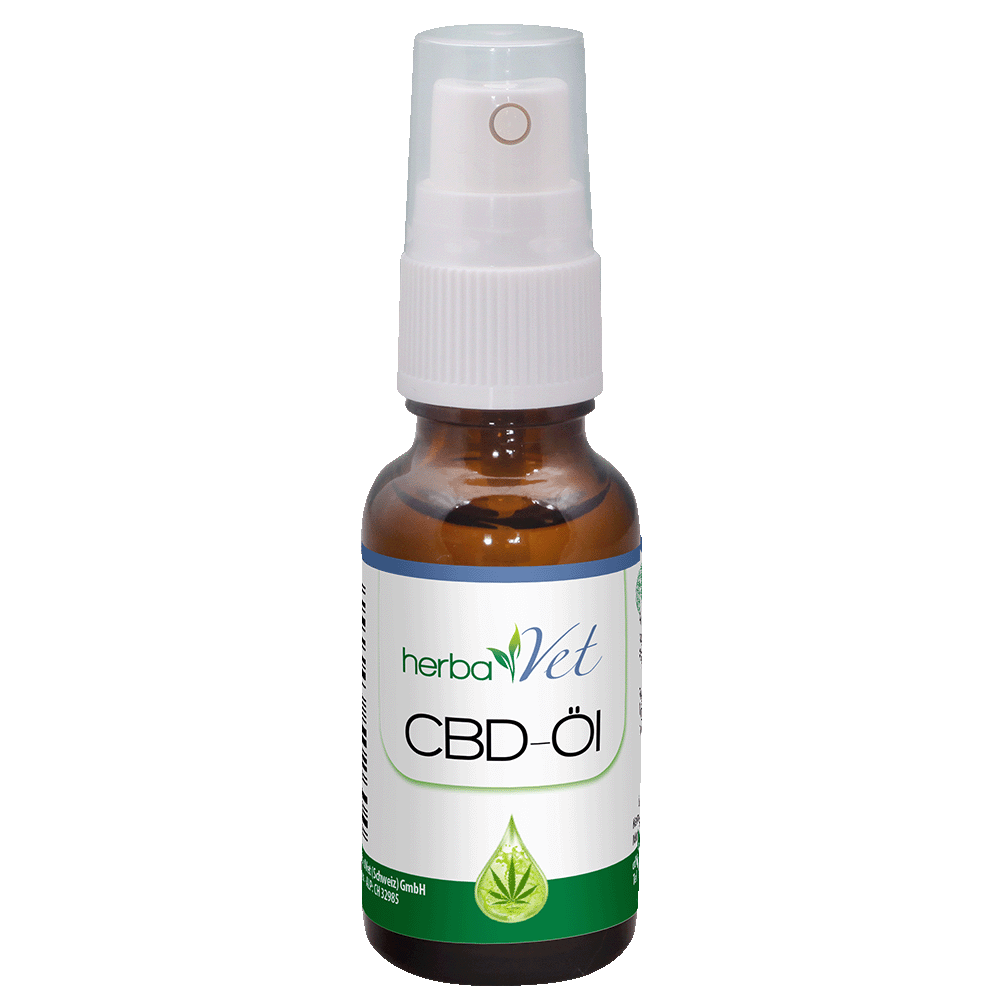
Content: 0.02 Liter (€890.50 / 1 Liter)
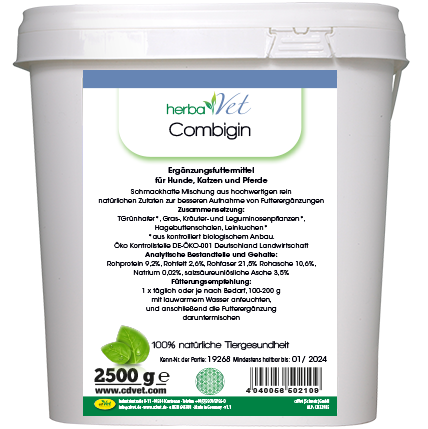
Complementary feed for horsesTasty mixture of high-quality, purely natural ingredients for better feed intake of complementary feedMetabolism and digestive system of horses, ponies, and donkeys are designed for the continuous intake of feed that is rich in raw fibres, low in energy and protein. Only through breeding of larger, heavy animals for work in the field, in front of the carriage, and under the rider, the feeding of grain as concentrate became necessary. However, the digestive system is actually not designed for such concentrate. The metabolism may also have problems processing these nutrients. This is especially the case with frugal, robust breeds of horses, as well as ponies and donkeys, in whose area of origin not much grain is available for feeding horses.Therefore, it is often problematic to feed these animals with complementary feed, as the usual concentrate and muesli feed contains cereals and is usually not good for them. But how then how to balance their often increased need for micronutrients? Sea minerals are essential for ponies that originally came from islands. Many North American horse breeds are attuned to the presence of mineral complexes in the soil, which are lacking in our country. Also otherwise, intensive agriculture has resulted in a much less species-rich and less diverse feed basis than in the past. This can also lead to deficits in the micronutrient area.But how can we now feed these important, sometimes less tasty nutrients without burdening the organism with potentially harmful concentrate or muesli food? The answer is herbaVet Combigin, a tasty mix of high-quality, purely natural ingredients that is ideal for feeding complementary feed without burdening the metabolism and digestive tract. It is because it contains neither concentrated carbohydrates nor synthetic additives, and can help maintain the health of horses, ponies and donkeys, particularly those that are sensitive to metabolism. Especially for animals suffering from diseases of civilisation (founder, summer eczema, malanders, fecal water) and metabolic disorders (EMS Cushing, PSSM, Pyroluria etc.), which are becoming more and more frequent, the addition of concentrated natural micronutrients is very important, and therefore a feed that supports their intake.Composition: green oat*, grass, herbs, legume plants*, rose hip husks, linseed expeller** from controlled organic cultivation. Eco Control Center DE-ÖKO-001 Germany-AgricultureAnalytical constituents and levels: crude protein 9.2%, crude fat 2.6%, crude fiber 21.5%, crude ash 10.6%, sodium 0.02%, ash insoluble in HCl 3.5%Feeding recommendation: 1 x daily or as required, moisten 100-200 g with lukewarm water, and then mix in the feed supplementation
Content: 2.5 Kilogramm (€11.88 / 1 Kilogramm)
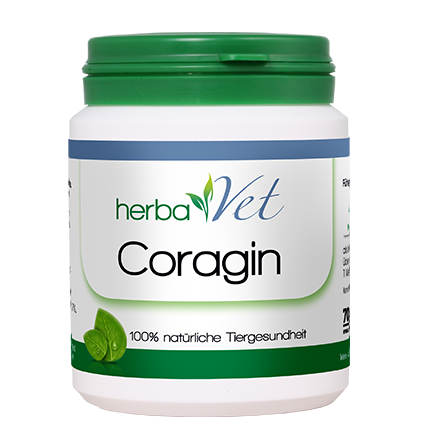
herbaVet Coragin
Content: 0.07 Kilogramm (€266.57 / 1 Kilogramm)
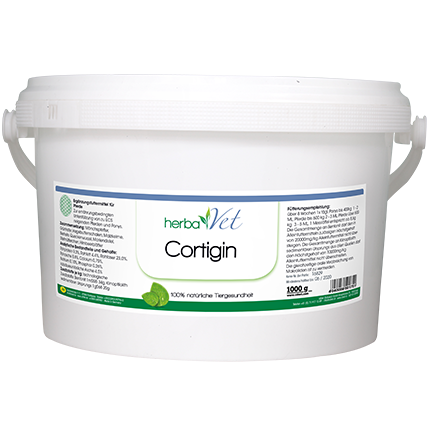

herbaVet Cutis pro Spray
Content: 0.1 Liter (€195.10 / 1 Liter)
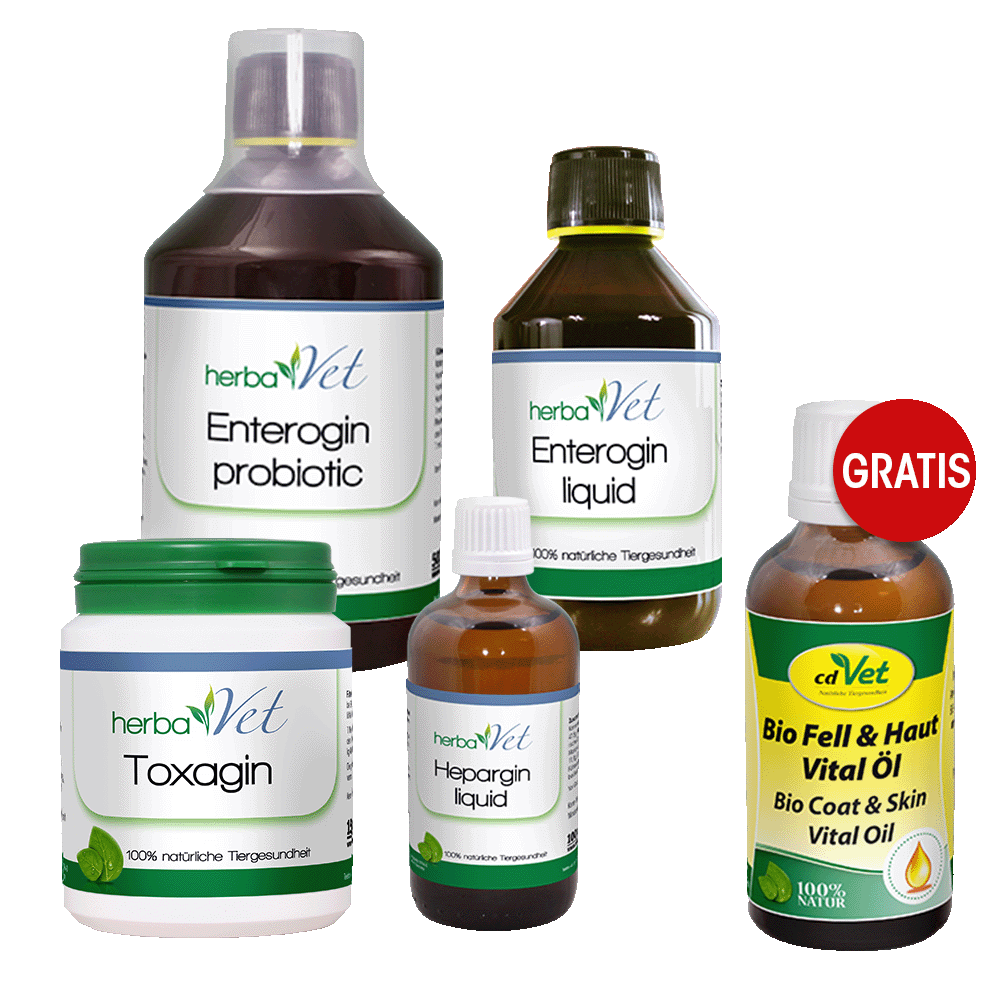
Content: 1.2231 Kilogramm (€72.83 / 1 Kilogramm)
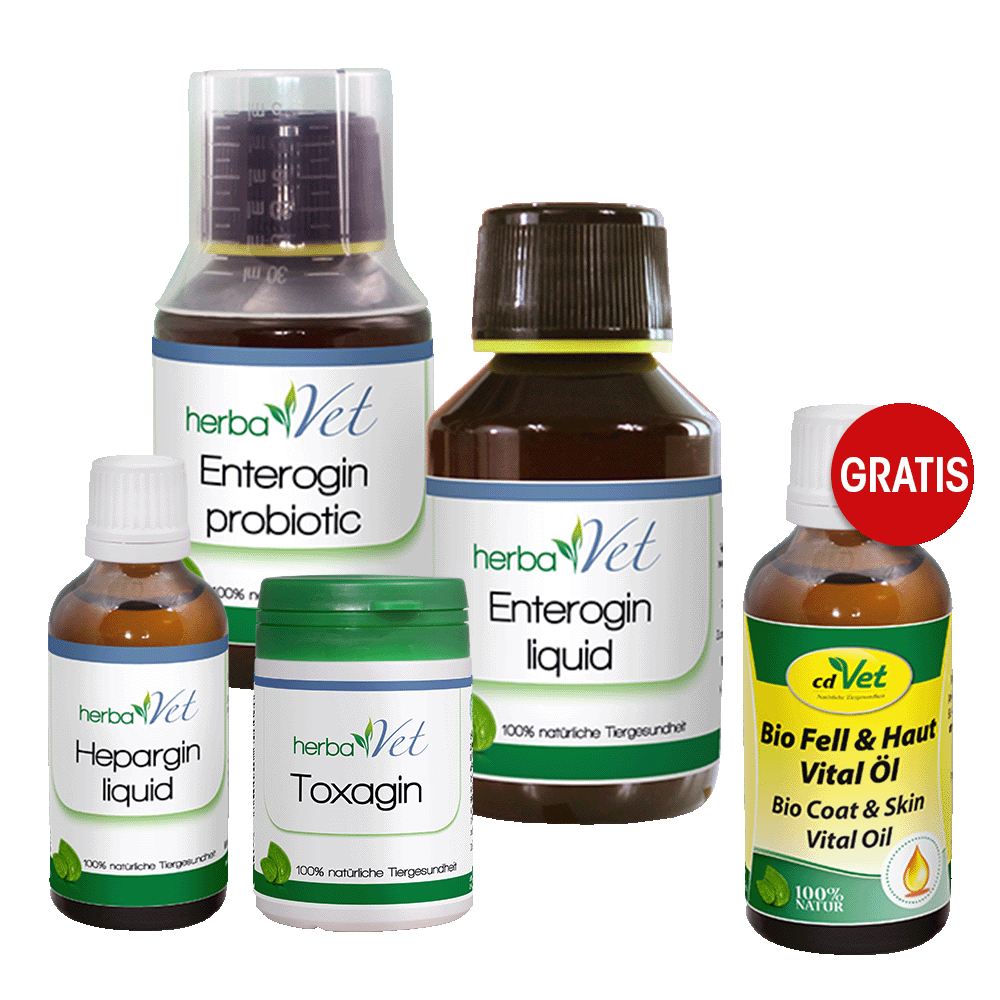
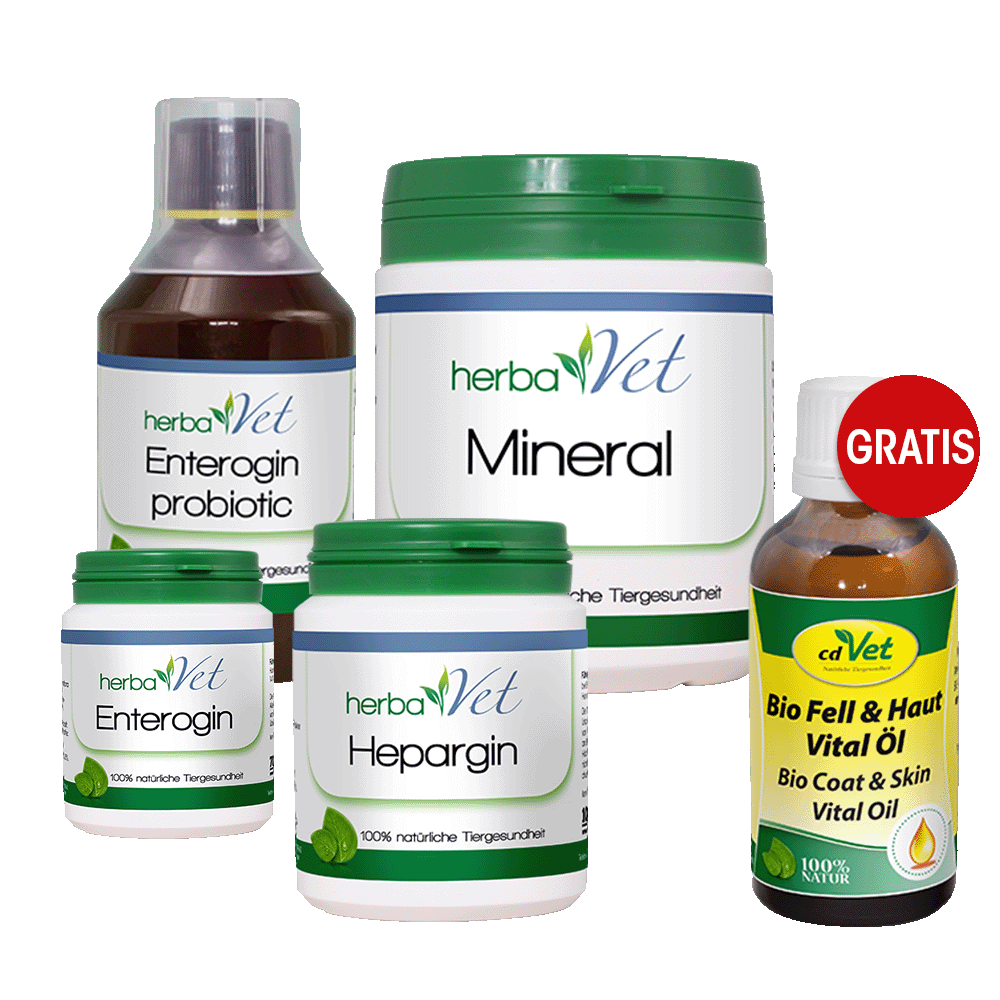
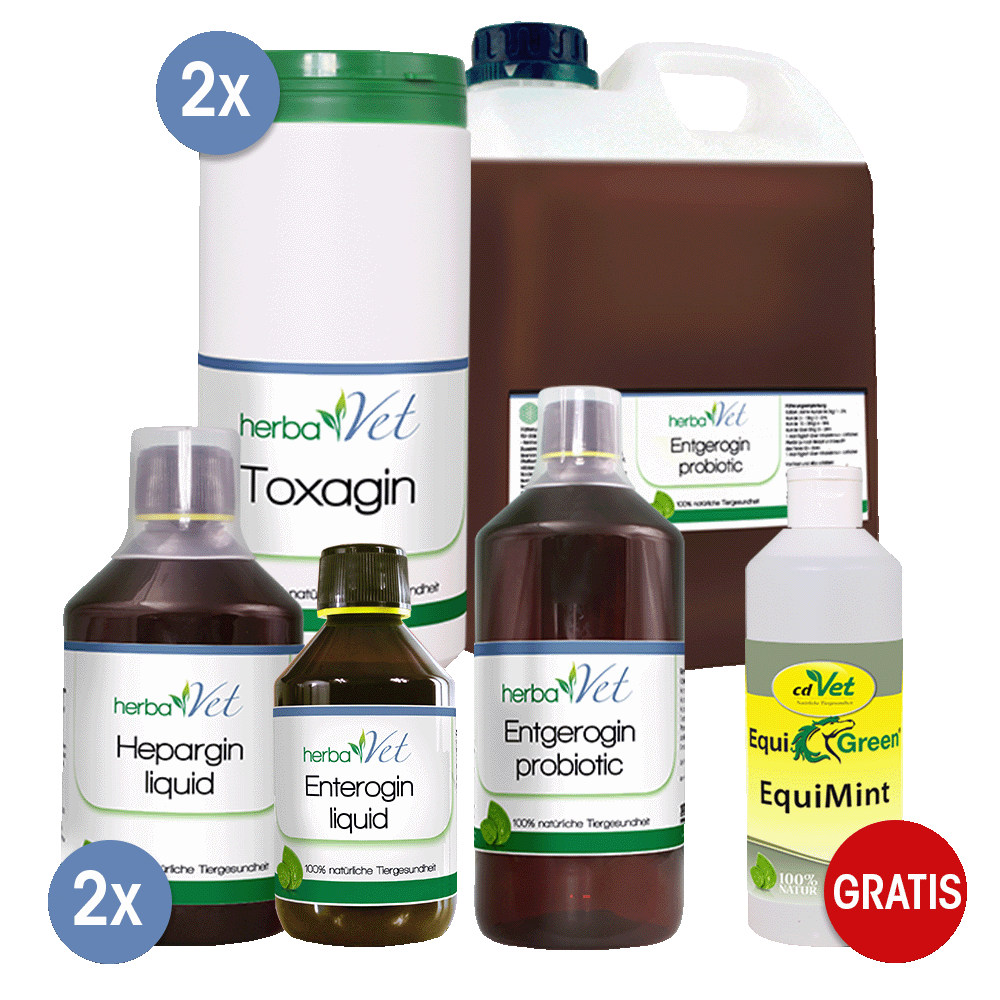
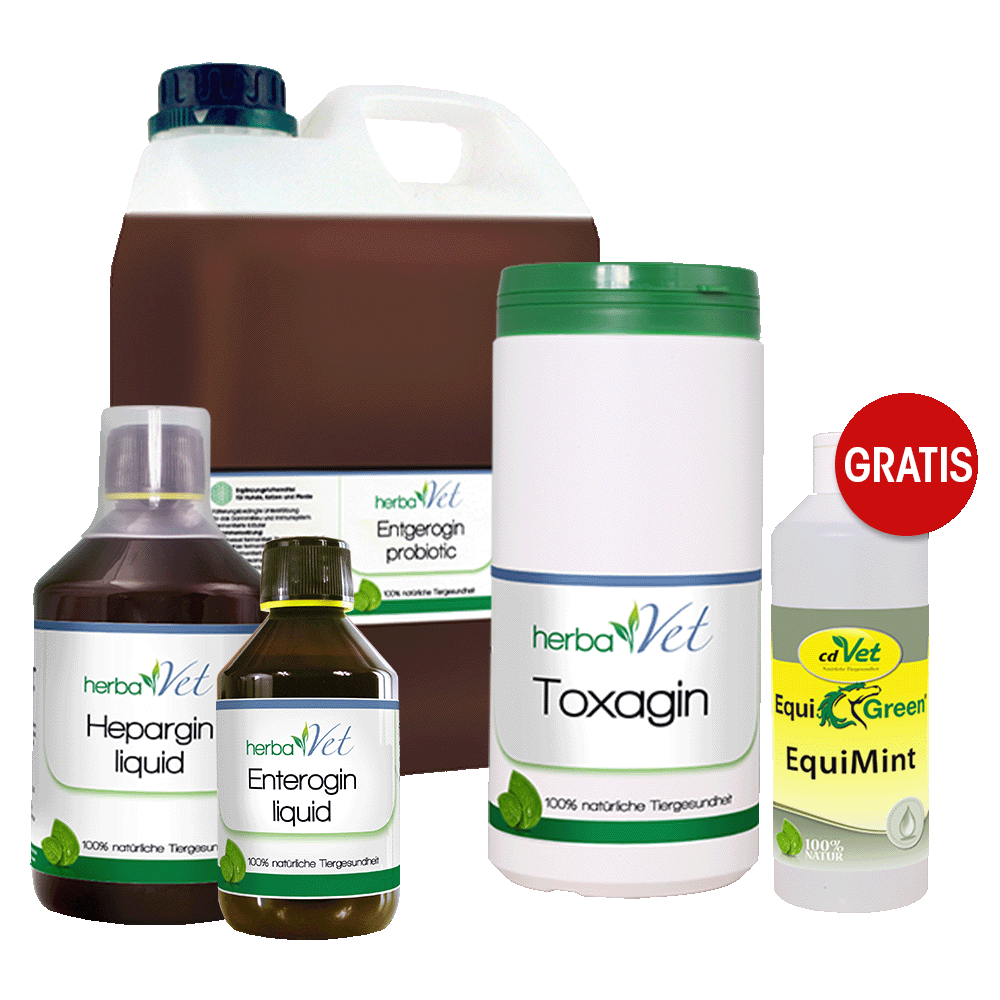
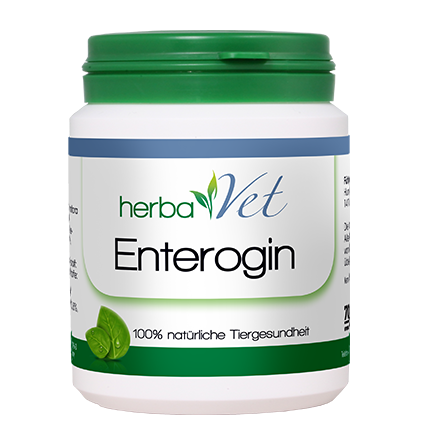
Content: 0.07 Kilogramm (€218.00 / 1 Kilogramm)
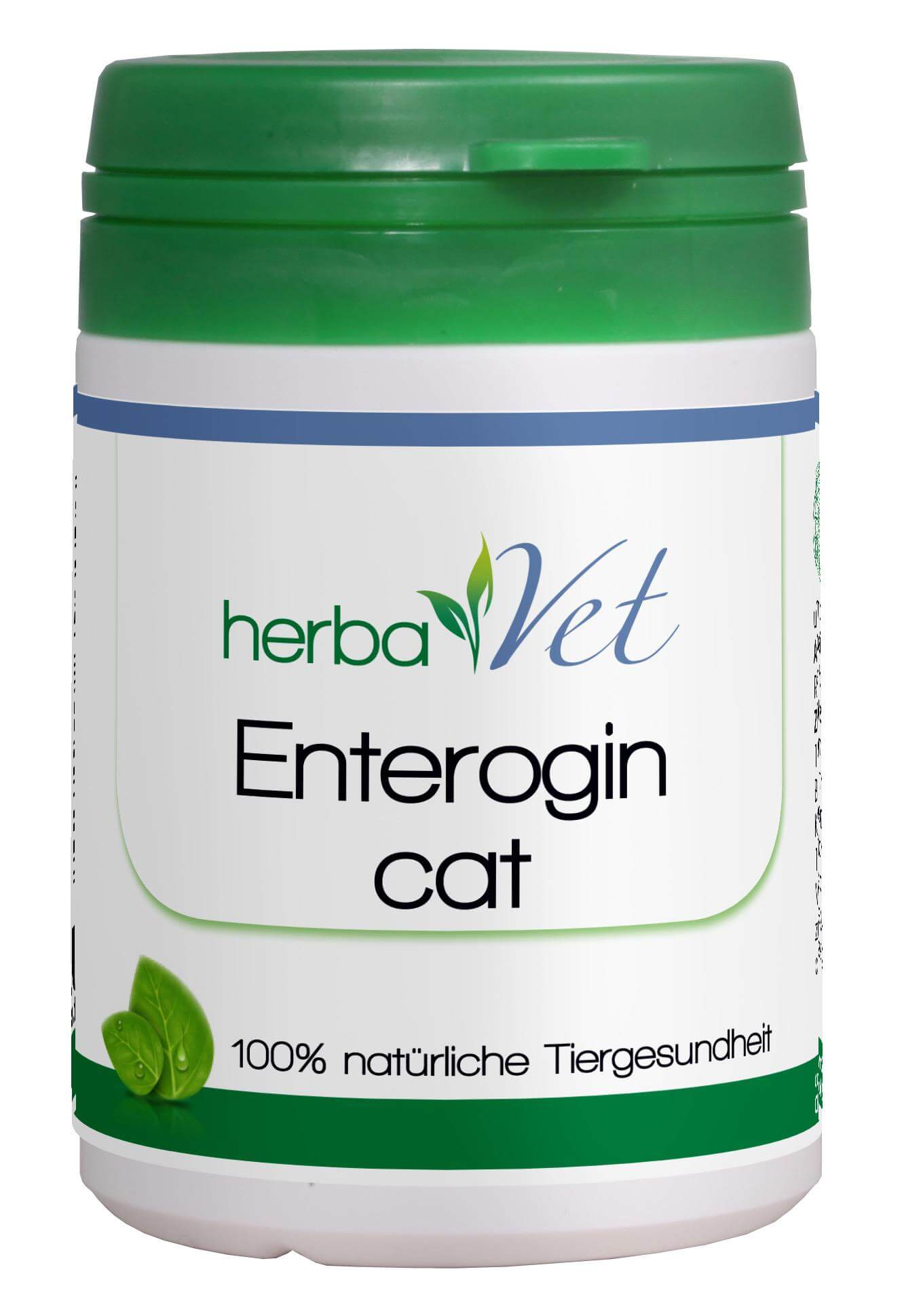
Content: 0.04 Kilogramm (€381.50 / 1 Kilogramm)
